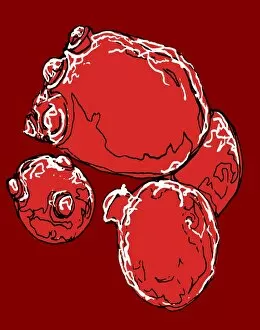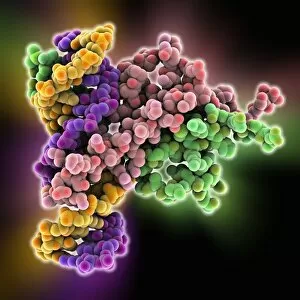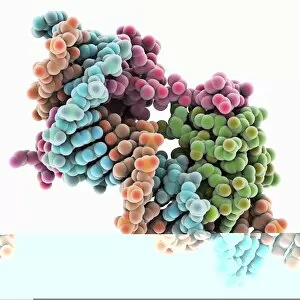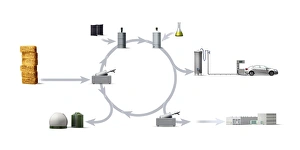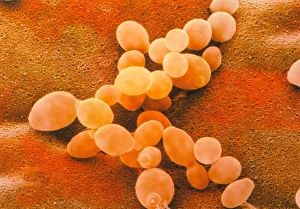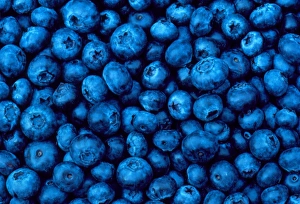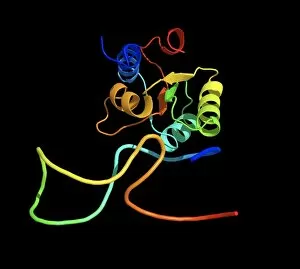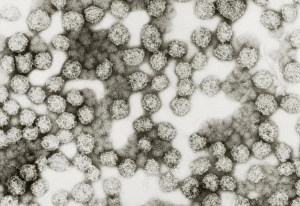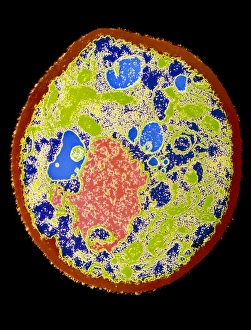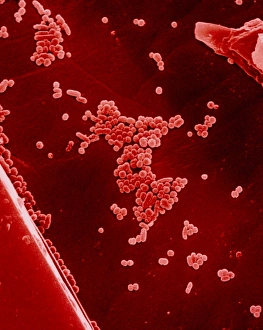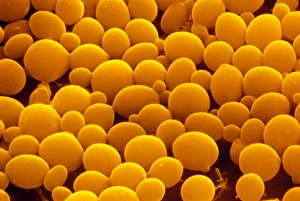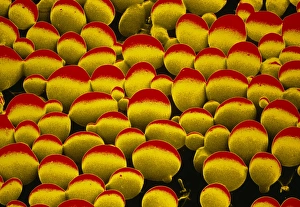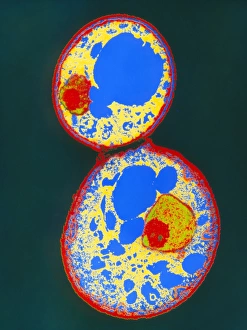Yeast Collection (page 3)
Yeast, the tiny powerhouse of fermentation and baking
All Professionally Made to Order for Quick Shipping
Yeast, the tiny powerhouse of fermentation and baking. 🍞✨ From the budding yeast cell to the Candida fungus seen under a scanning electron microscope (SEM), this microscopic organism never fails to fascinate. Witnessing dividing yeast cells through SEM captures their incredible ability to multiply and thrive. The art cell budding is truly a marvel. Just like an artist creating a masterpiece, these cells create new life by forming small buds that eventually separate into individual organisms. Similarly, Candida albicans yeast showcases its unique structure when observed under SEM, revealing intricate details that make it both captivating and complex. Throughout history, it has played an essential role in our lives. During World War II, Marmite sandwiches became a popular wartime food advertisement due to their high content of vitamin B-rich brewer's yeast. This innovative use helped nourish people during challenging times. Traveling from Europe to Italy, we find ourselves in Lombardy where batter ready for Sciatt awaits us. These delectable treats are made using basic ingredients transformed by the power into mouthwatering goodness. Even ancient civilizations recognized the magic of yeast. Engravings depicting Ancient Egyptians baking bread remind us that this humble microorganism has been part of human culture for thousands of years. Fast forward to more recent times - at the Centennial Exhibition in Philadelphia - Rumford Chemical Works proudly displayed their Yeast and Baking Powder products. This exhibition showcased how science had harnessed the power for culinary purposes on a larger scale. Lastly, let's not forget about bakers and brewers from ancient Egypt as depicted in wood carvings found in the Tomb of Meketre. These artisans understood that without yeast, there would be no fluffy loaves or frothy beverages enjoyed throughout history. Whether it's transforming simple ingredients into delicious dishes or being immortalized in ancient artwork, yeasts' impact on our lives is undeniable.




